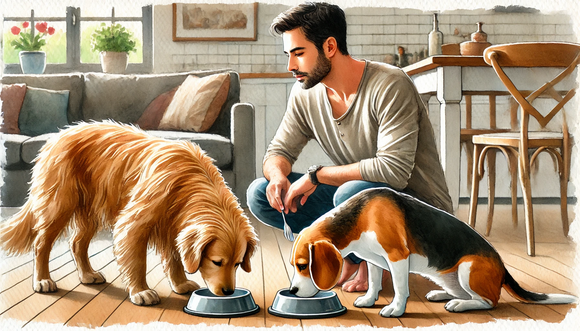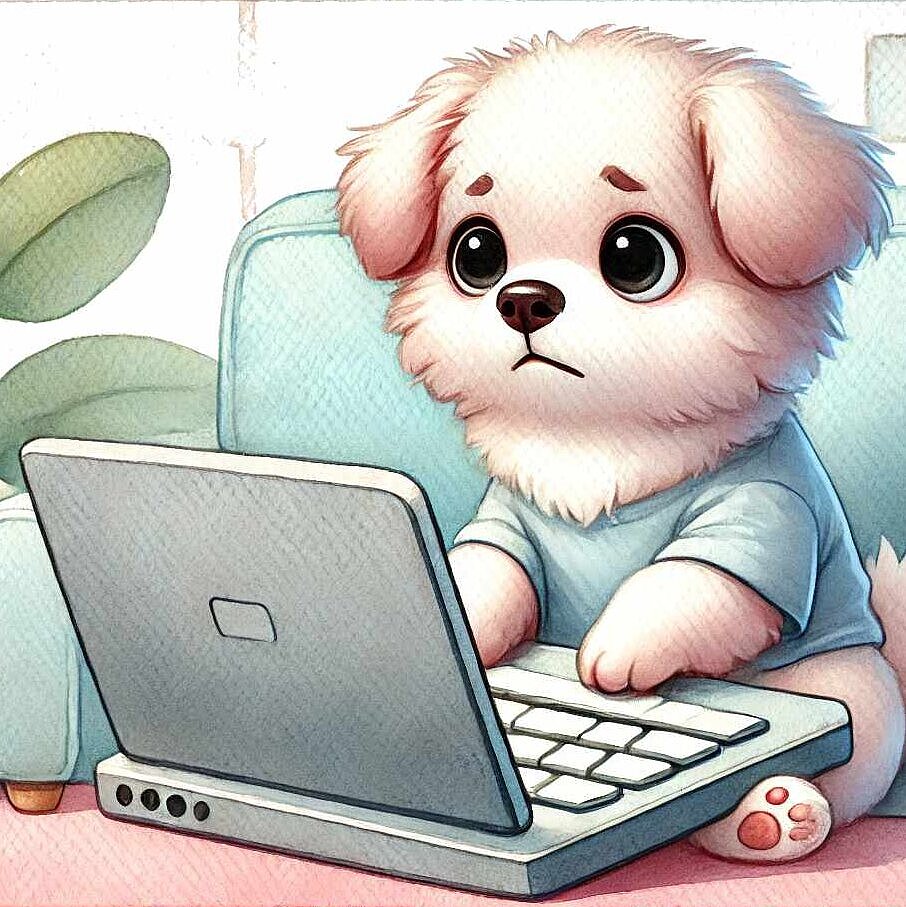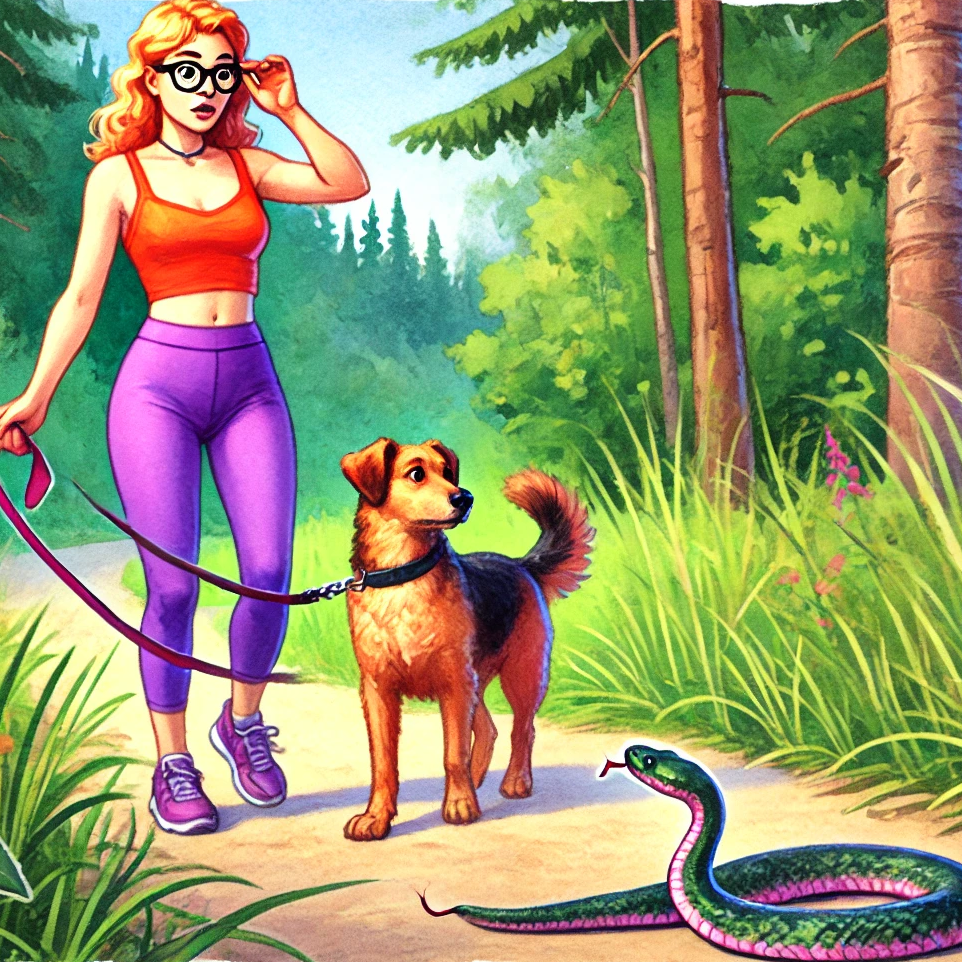No more stress when eating: How to combat food envy in your dog

What is food envy and why does it occur?
Food envy occurs when a dog is overly jealous of another dog's food or even its own food. This jealousy can manifest itself in aggressive behavior, such as growling, snarling or snapping. Food envy can arise for various reasons:
- Instinctive behaviors: In the wild, dogs often had to fight for food, which can explain these behaviors.
- Insecurity and fear: A dog that is insecure or afraid that its food will be taken away can react aggressively.
- Bad experiences: Dogs that have had to fight for their food in the past are more likely to show food envy.
Recognizing signs of food envy
It is important to recognize the signs of food envy at an early stage so that countermeasures can be taken in good time. The most common signs include
- Aggressive behavior: Growling, barking, snarling or snapping while eating.
- Eating quickly and hastily: A dog that is afraid of having its food taken away tends to eat very quickly.
- Protective behavior: Your dog guards his food and won't let anyone come near it.
Measures against food envy
1. create separate feeding areas
One of the simplest and most effective measures against food envy is to create separate feeding areas. Give each dog its own space or at least a spatial separation so that they can eat in peace. This reduces competitive pressure and creates a more relaxed atmosphere.
2. calm and routine
Dogs are creatures of habit and respond positively to fixed rituals. Make sure that feeding times are calm and structured. Avoid hectic situations and create a calm environment so that your dog feels safe.
3. training "stay" and "wait"
Training commands such as "stay" and "wait" can help to reduce food envy. These commands promote impulse control and help your dog to become calmer and more patient. Start training in small steps and reward your dog for good behavior.
4. positive reinforcement
Reward your dog for calm and non-aggressive behavior during feeding time. Positive reinforcement through treats or praise can help reinforce the desired behavior. Avoid punishments as they can only increase stress and insecurity.
5. encourage slow eating
If your dog tends to gobble his food hastily, you can use special bowls that encourage slow eating. These bowls have obstacles that prevent fast gulping and can therefore reduce food envy.
When professional help is needed
In some cases, food envy can be so severe that professional help is required. An experienced dog trainer or behavioral therapist can develop individual solutions and help you to solve the problem in the long term. Don't be afraid to seek help if you notice that the situation is getting out of hand.
Conclusion
Food envy in dogs is a common problem that can be managed with patience and the right measures. By recognizing the signs and taking targeted measures, you can ensure relaxed feeding times and increase your dog's well-being. Remember that every dog is individual and what works for one dog may not necessarily work for another. Observe your dog closely and adapt your strategies accordingly.
With these tips and tricks, you can successfully tackle the problem of food envy and ensure a harmonious life together. Good luck and patient feeding times!
More articles for you
Contact form problem fixed
Unfortunately, our contact form has not worked as desired in recent weeks. 😔 Due to an error in the spam detection, normal messages were also incorrectly filtered out.Read moreDangerous encounter: What you should do if your dog is bitten by a snake
It's every dog owner's nightmare: you're out in nature with your four-legged friend, he's sniffing the ground curiously, and suddenly you hear a hissing sound. Before you know it, your dog flinches and you recognize the signs of a snake bite. But don't panic! In this article, you will learn how to…Read moreWhat you should know about cherries for dogs
You may have heard that cherries are good for your health. They contain lots of vitamins, antioxidants and fiber, which can strengthen the immune system and aid digestion. But are cherries also suitable for dogs? And if so, how much and in what form should you offer them to your four-legged friend?…Read more


